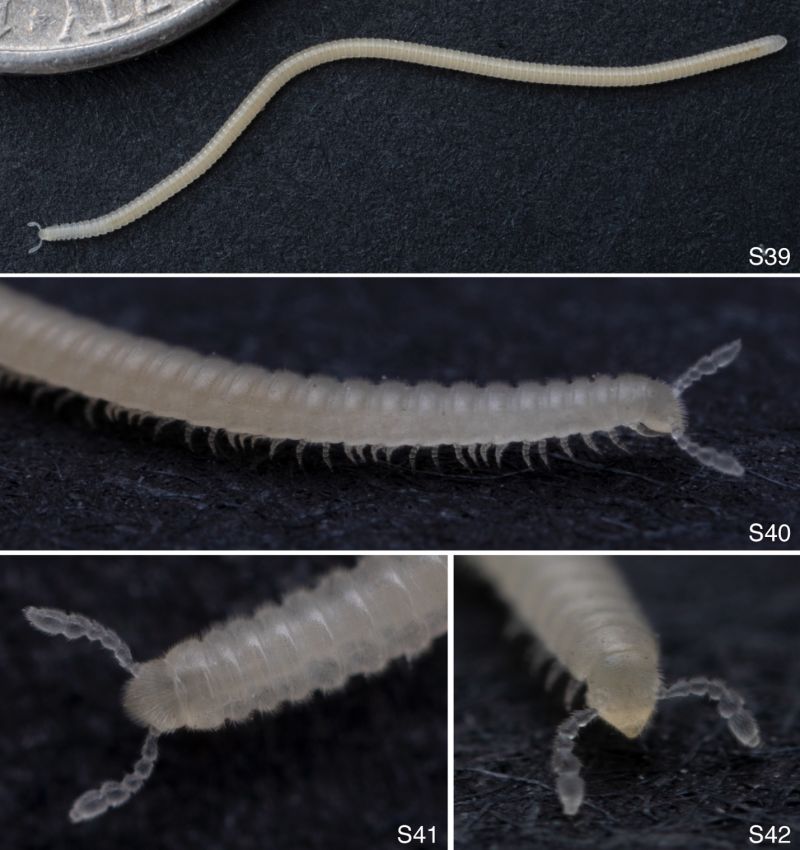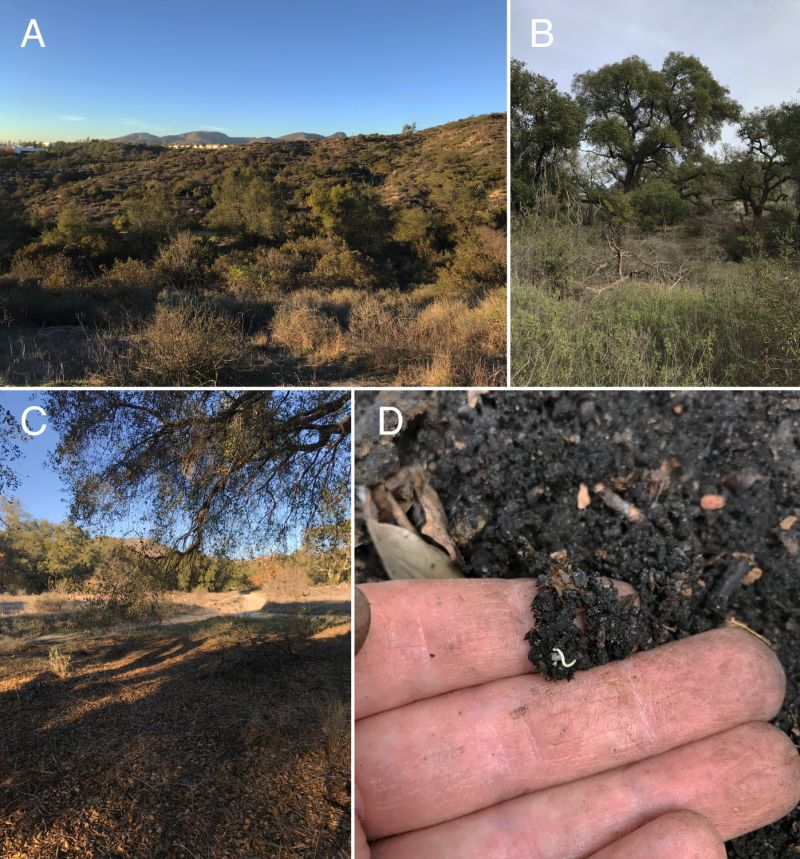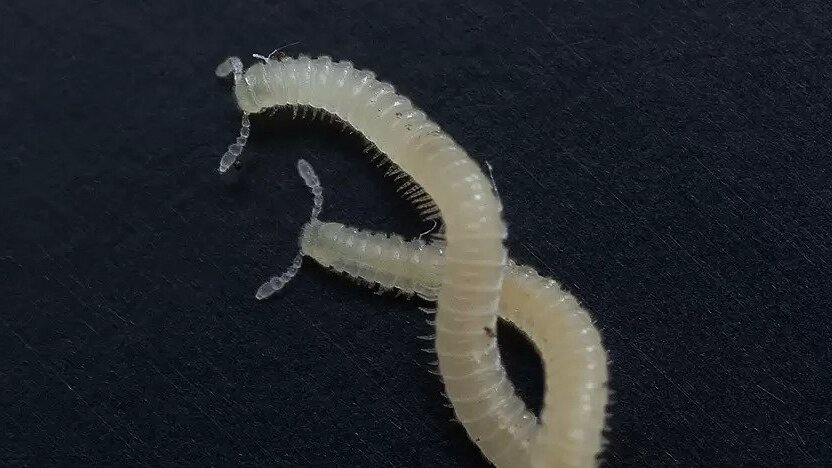Exploring the Role of Millipedes in Preserving Biodiversity and Ecosystem Health
In a quest comparable to a suspenseful Hollywood narrative, NSF-funded researchers have stumbled upon a captivating discovery within the depths of Los Angeles: a previously unknown species of millipede characterized by its pale appearance, absence of eyes, and a staggering count of nearly 500 legs. Much to the surprise of the city’s over 18 million inhabitants, these creatures thrive imperceptibly within the subterranean soil, unbeknownst to what lies beneath their very feet
Contextualizing the Species:
Although one might instinctively associate such creatures with trepidation, Illacme socal, as this newfound millipede species has been christened to honor its Southern California origins, actually plays a pivotal role in the regional ecosystem. Specializing in subterranean habitats, these millipedes actively contribute to breaking down decaying matter derived from plant, fungal, and various other sources. Their invaluable role lies in enriching the soil with essential nutrients, thus nurturing the foundation for new life to flourish.

Photographs of living Illacme socal Shear and Marek, 2023. These photographs, the first ever of this species, shows its pale coloration, lack of eyes, short legs, and large antennae. These features are typical of animals that live under the ground and burrow in the soil substrate. Credit: Paul Marek, Department of Entomology, Virginia Tech
Discovery by Paul Marek:
Paul Marek, an esteemed associate professor of systematics at Virginia Tech, spearheaded the groundbreaking exploration that unveiled this prodigious species within Los Angeles. The initial encounter took place in the captivating Whiting Ranch Wilderness Park, an impressive expanse spanning 2,500 acres of verdant rivers and woodlands located in Orange County, just south of Anaheim, a notable Los Angeles suburb. Subsequently, another potential specimen, a juvenile millipede, was observed in the scenic Eaton Canyon Natural Area, just north of Pasadena. Due to its relatively young age, the millipede couldn’t be fully identified.
Significance of Taxonomic Research:
Marek’s enthralling scientific pursuit offers far-reaching implications by delving into the identification and classification of new species, thereby enriching our understanding of Earth’s biological diversity. This monumental effort highlights the concept that even within densely populated urban environments, astonishing diversity remains concealed beneath the surface. Astonishingly, while experts estimate there are between 4 million to 6 million arthropod species, including millipedes, inhabiting our planet, only a fraction—approximately 1 million—have been meticulously described. Although Illacme socal was exclusively found in these specific locales, Marek postulates that the species likely thrived in other regions of the Los Angeles metropolitan area before habitat destruction became a consequence of urban development. Given the restricted habitat of Illacme socal, the conservation of this species emerges as an imperative concern.

Habitat of the millipede Illacme socal Shear and Marek, 2023 at Whiting Ranch Wilderness Park, Orange County, California. A. California live oak woodland habitat surrounded by chaparral shrubland. B. Close up of oak woodland habitat. C. Close up of habitat beneath oak canopy. D. An I. socal individual (center) encountered beneath the humus layer and embedded within the underlying soil matrix. Credit: Paul Marek, Department of Entomology, Virginia Tech
The Implications:
In the words of Marek himself, “By studying and cataloging millipedes and other subterranean species responsible for nourishing the very ground beneath us, we can make informed decisions to safeguard biodiversity and preserve the environment, which is paramount for the survival of humanity.” Delving into the intricate world beneath our feet enables us to grasp the interconnectedness of Earth’s ecosystems, empowering us to propel responsible conservation efforts that harmonize nature and human well-being.
The serendipitous discovery of Illacme socal beneath the bustling metropolis of Los Angeles provides a profound reminder of the captivating mysteries hidden within our environment. Unraveling the secrets of these unassuming creatures expands our knowledge of the intricate tapestry of life and reinforces the critical importance of biodiversity and ecological preservation. With every revelation, we inch closer to protecting our planet’s precious biological heritage, ensuring a sustainable future for generations to come.










